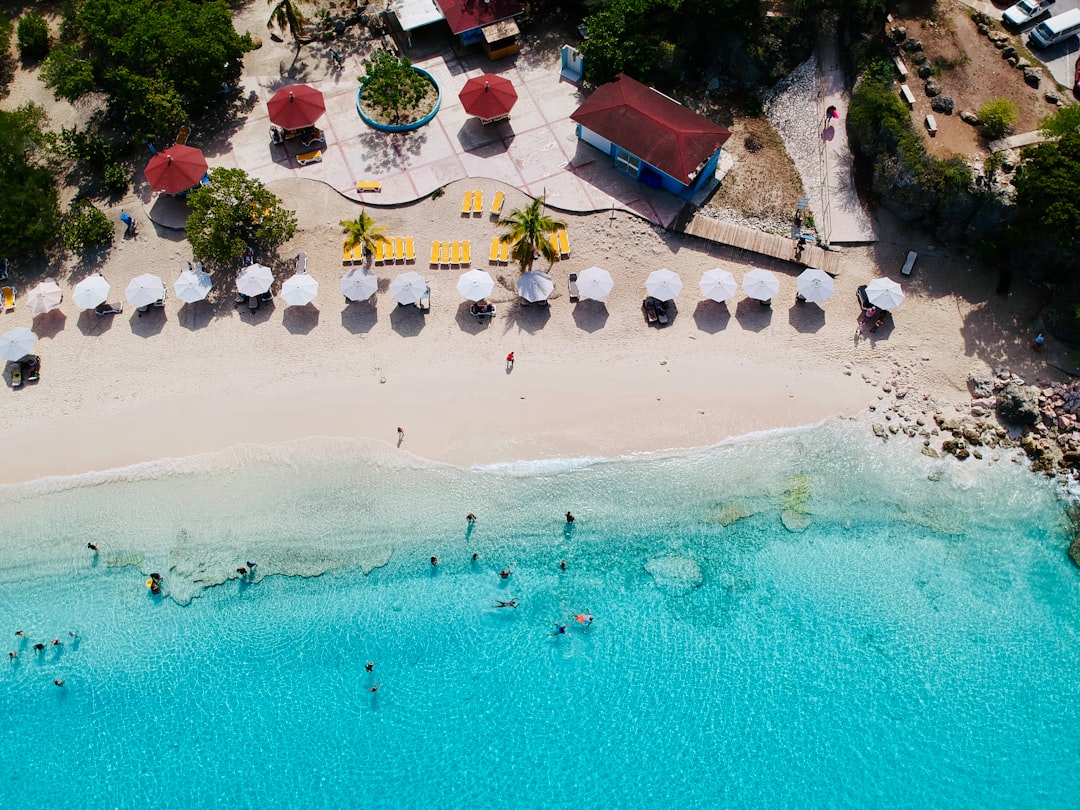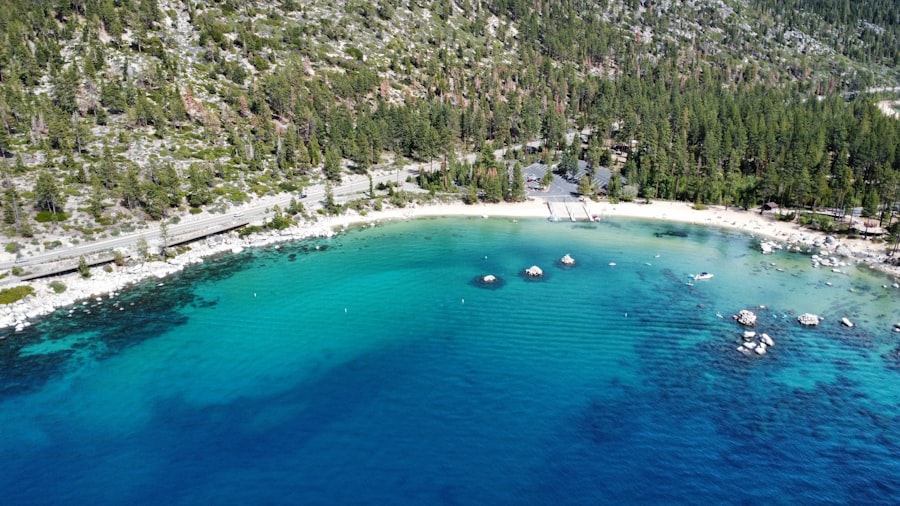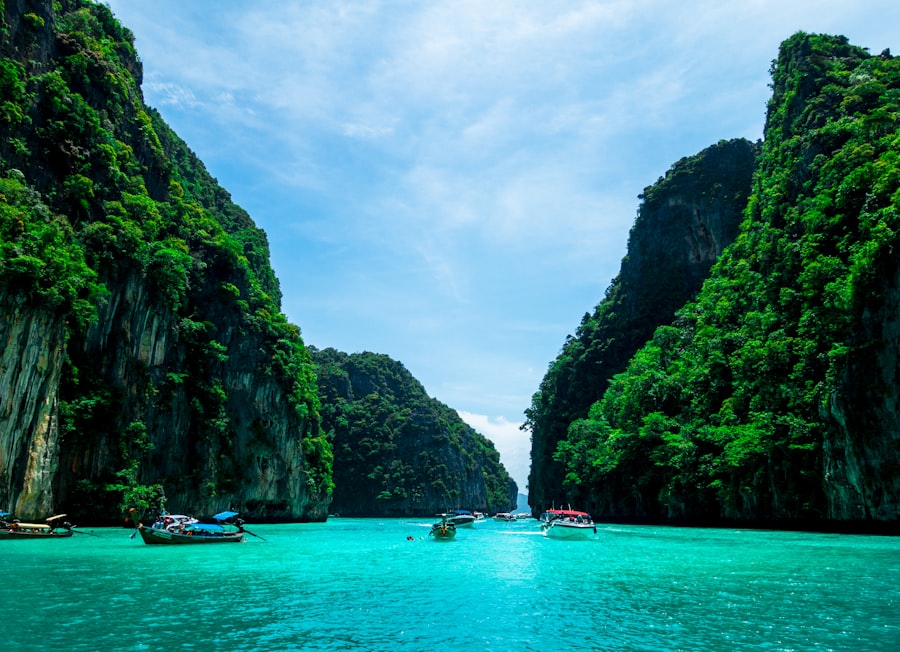
Mayotte, an archipelago located in the Indian Ocean, is a unique and captivating destination that often flies under the radar for many travelers. Situated between Madagascar and the coast of Mozambique, this French overseas department is composed of two main islands, Grande Terre and Petite Terre, along with several smaller islets. The islands are renowned for their stunning natural beauty, rich cultural heritage, and vibrant marine ecosystems.
Mayotte’s strategic location has made it a melting pot of cultures, blending African, Arab, and French influences that are evident in its language, cuisine, and traditions. The island’s geographical features are equally compelling. Mayotte boasts a large lagoon that is one of the largest in the world, surrounded by a coral reef that teems with life.
The landscape is characterized by lush hills, volcanic formations, and pristine beaches that attract nature lovers and adventure seekers alike. As a relatively undiscovered gem, Mayotte offers an authentic experience for those willing to explore its hidden treasures. The island’s unique blend of cultures and natural wonders makes it a fascinating destination for travelers looking to immerse themselves in a place that is both exotic and welcoming.
Key Takeaways
- Mayotte is an overseas department and region of France located in the Indian Ocean, between Madagascar and the coast of Mozambique.
- The history of Mayotte is influenced by Arab, Malagasy, and French cultures, resulting in a unique blend of traditions and customs.
- Visitors to Mayotte should not miss the chance to explore the stunning beaches, vibrant markets, and historical sites such as the Dziani Dzaha crater.
- The island is home to a variety of natural wonders, including the Chissioua Mbouzi islet, the Saziley National Park, and the Dziani Boundouni crater lake.
- Mayotte’s marine life is diverse and abundant, offering opportunities for snorkeling and diving to see colorful coral reefs, sea turtles, dolphins, and humpback whales.
Historical and Cultural Facts about Mayotte
The history of Mayotte is rich and complex, shaped by various influences over the centuries. The island was first inhabited by Bantu-speaking peoples who arrived from East Africa around the 6th century. Over time, Arab traders began to visit the island, bringing with them Islam and establishing trade routes that connected Mayotte to the broader Indian Ocean world.
By the 15th century, the island had become an important center for trade, particularly in spices and slaves. The cultural tapestry of Mayotte began to take shape as these diverse influences intermingled. In the late 19th century, France began to assert its control over Mayotte, officially annexing it in 1843.
This colonial period brought significant changes to the island’s social structure and economy. The French introduced new agricultural practices and infrastructure, which transformed the local way of life. Despite these changes, many traditional customs and practices have persisted.
Today, Mayotte is a blend of modern French culture and deep-rooted African traditions. The local population primarily speaks Shimaore and Kibushi, two dialects of the Comorian language, alongside French. Festivals such as the “Mouvement des Jeunes” showcase traditional music, dance, and crafts, reflecting the island’s vibrant cultural identity.
Must-Visit Places in Mayotte

When visiting Mayotte, there are several must-see locations that capture the essence of the island’s charm. One of the most iconic spots is the capital city of Mamoudzou, located on Grande Terre. This bustling town serves as the administrative and economic hub of Mayotte.
Visitors can explore its lively markets, where local vendors sell fresh produce, spices, and handcrafted goods. The vibrant atmosphere is complemented by the stunning views of the surrounding hills and lagoon. Another noteworthy destination is the village of Mtsamboro, known for its picturesque beaches and traditional wooden houses.
This village offers a glimpse into the daily lives of the locals and provides opportunities for cultural exchange. Travelers can engage with residents to learn about their customs and traditions while enjoying the serene beauty of the coastline. Additionally, the nearby Moya Beach is a popular spot for relaxation and swimming, making it an ideal place to unwind after exploring the village.
Natural Sights and Landmarks in Mayotte
| Landmark | Location | Description |
|---|---|---|
| Mount Choungui | Mayotte | An active volcano and the highest point on the island. |
| Les Badamiers Beach | Mayotte | A beautiful beach with clear waters and swaying palm trees. |
| Coconi Mangrove | Mayotte | A unique mangrove forest with diverse wildlife and bird species. |
Mayotte’s natural beauty is one of its most compelling features, with numerous sights that showcase its diverse landscapes. The island’s most famous landmark is undoubtedly its lagoon, which is protected by a coral reef that creates a tranquil environment for various marine species. The lagoon is not only a haven for snorkeling and diving enthusiasts but also offers opportunities for kayaking and paddleboarding.
The crystal-clear waters provide an unparalleled view of the vibrant underwater world. Another remarkable natural sight is Mount Choungui, the second-highest peak on Grande Terre. This dormant volcano offers hiking trails that lead adventurers through lush forests and up to breathtaking viewpoints overlooking the island and lagoon below.
The hike to the summit is challenging but rewarding, as it allows visitors to experience Mayotte’s unique flora and fauna along the way.
Unique Wildlife and Marine Life in Mayotte
Mayotte is home to an astonishing array of wildlife, both on land and in its surrounding waters. The island’s unique ecosystems support various species that are endemic to the region. One notable example is the Mayotte flying fox, a large fruit bat that plays a crucial role in pollination and seed dispersal within the island’s forests.
These bats are often seen roosting in trees during the day and are an essential part of Mayotte’s ecological balance. The marine life surrounding Mayotte is equally impressive. The coral reefs are teeming with colorful fish species, including parrotfish, clownfish, and triggerfish.
Divers can also encounter larger marine animals such as sea turtles and dolphins. The waters around Mayotte are known for their biodiversity, making it a prime location for eco-tourism activities like snorkeling and diving excursions. Additionally, whale watching is popular during certain seasons when humpback whales migrate through the area.
Tips for Traveling to and Exploring Mayotte

Traveling to Mayotte requires some planning due to its remote location and limited accessibility compared to more popular tourist destinations. The primary gateway to the island is Dzaoudzi–Pamandzi International Airport (DZA), which receives flights from mainland France and other nearby regions. It’s advisable to book flights well in advance, especially during peak travel seasons when demand increases.
Once on the island, getting around can be accomplished through rental cars or local taxis. Public transportation options are available but may not be as reliable or frequent as travelers might expect. It’s essential to familiarize oneself with local customs and etiquette; for instance, greeting locals with a friendly “Salama” (hello) can go a long way in establishing rapport.
When exploring Mayotte’s natural attractions, it’s crucial to respect the environment by following guidelines set by local authorities. Many areas are protected due to their ecological significance; thus, adhering to rules regarding wildlife interactions and waste disposal is vital for preserving these beautiful landscapes for future generations. Additionally, engaging with local guides can enhance your experience by providing insights into Mayotte’s culture and history while ensuring responsible tourism practices are followed.
In conclusion, Mayotte stands out as an extraordinary destination that offers a blend of rich history, vibrant culture, stunning natural landscapes, and unique wildlife experiences. Whether you’re wandering through its charming villages or diving into its crystal-clear waters, Mayotte promises an unforgettable adventure for those willing to explore its hidden gems.
Benin, like Mayotte, is rich in culture and history, offering a plethora of sights that promise an enriching travel experience. From historical landmarks to natural reserves, Benin has a lot to offer. To learn more about what Benin has to offer, you can read the detailed insights and explore various attractions by visiting Benin Facts and Places to Visit. This could be a great addition to your travel bucket list after discovering the charms of Mayotte.
FAQs
What is the location of Mayotte?
Mayotte is located in the Indian Ocean, between Madagascar and the coast of Mozambique.
What is the official language of Mayotte?
The official language of Mayotte is French.
What is the capital city of Mayotte?
The capital city of Mayotte is Mamoudzou.
What are some popular sights and attractions in Mayotte?
Some popular sights and attractions in Mayotte include the Dziani Dzaha Crater, Saziley National Park, and the beaches of N’Gouja and Moya.
What is the currency used in Mayotte?
The currency used in Mayotte is the Euro.
Is Mayotte a part of the European Union?
Yes, Mayotte is an overseas department and region of France, and therefore is a part of the European Union.



